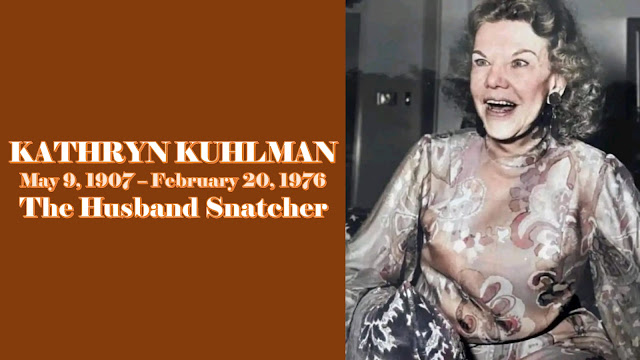BE A RIVER, NOT A RESERVOIR (PART I)
By Akin Ojumu
Forbes Magazine is famous for its eponymous lists, the Forbes Lists. Each year, the business periodical publishes various world rankings in categories such as sport, entertainment, political power, and wealth.
The Forbes Lists chronicle, among other things, the World’s Highest-Paid Athletes, the World’s Highest-Paid Entertainers, and the World’s Most Powerful People. Each list is a Mount Rushmore of vainglory, and the catalogs are a golden statue of vanity. The most reputable of these compendia of bloated egos is the List of the World’s Billionaires.
To appear on the List of World’s Billionaires, you must be mega wealthy. For anyone to get on this exclusive list of the ultrarich, such an individual must have a net worth that runs in the billions, determined by real time estimates of the wealth and assets of the individual, and a nest egg that is sky high.
Because of the prestige this directory of hubris confers, many go to great lengths to get themselves on the list by inflating their wealth and assets. Those with high enough wealth to earn a spot in the gazette of pomposity brandish it as bragging rights and an affirmation of their elevated financial status. There are even ministers of the Gospel today, who measure their worth by having their name on the Forbes list.
Dissect it whichever way you want, a man with a $1 billion in net worth is a man with staggering wealth. To have a billion dollars in the bank, is to sit atop a mountain of fortune. For those with a flair for the spatial, one million dollars, if stacked up in $100 bills, is the height of a regular chair which is 1 meter (3.3 feet). One billion dollars, in $100 bills, will stack up to a height of 0.827 kilometers (0.514 miles), which is higher than the world’s tallest building, i.e., the Burj Khalifa skyscraper in Dubai.
If you are a regular folk like me, and spatial correlates are not your strong suit and you can’t relate to dimensions, a billion dollars can best be understood in terms of kitchen table issues that confront most of us on a daily basis.
It’d take a frugal man, who puts aside $100 a day, 10 million days (27,387.26 years) to save $1 billion. On the other hand, a spendthrift, who burns through cash like an out-of-control bonfire, would have to wait 500 years before running out of $1 billion if he spends at a rate of $5,000 a day.
If for some reason this prodigal son decides to pick up the pace of his reckless extravagance, and he goes and hires a coterie of moochers and freeloaders to help him in his wantonness, and spends $50,000 a day, it’ll still take him 25 years before he fritters away $1 billion and ends up pitching his cardboard tent in a dingy corner of the boulevard of the homeless or finds himself sharing sleeping space with swine on the muddy floor of a pigsty.
Today, so much wealth is concentrated in the hands of so few people. In 2018, according to data compiled by the charity group Oxfam, 26 of the world’s richest people owned as much net worth as the poorest half of the world’s population, about 3.8 billion people.
Oxfam reported last year that the world’s ten richest people, all men, had more than doubled their wealth from $700 billion pre-pandemic to $1.5 trillion at the beginning of 2022. By the latest count, there are over 2,640 billionaires in the world with a total net worth of $12.2 trillion.
Yet, the combined asset and net worth of the world’s richest is pittance compared to the wealth at the disposal of Adam and Eve before the fall.
To be continued.



Comments
Post a Comment